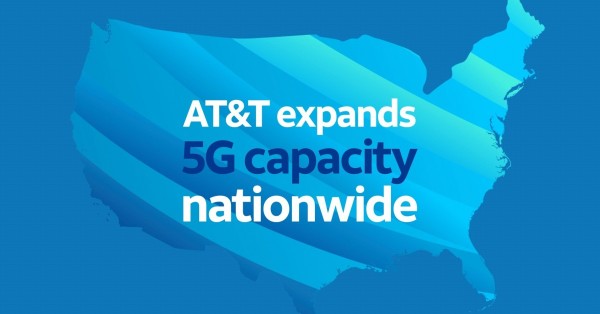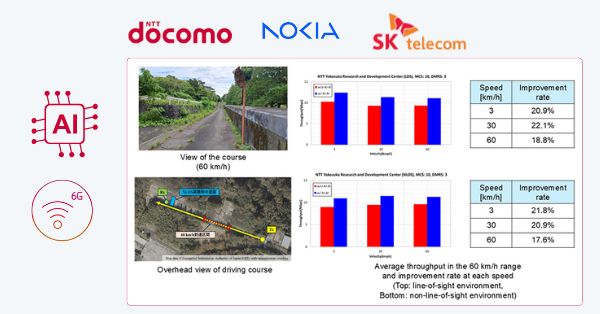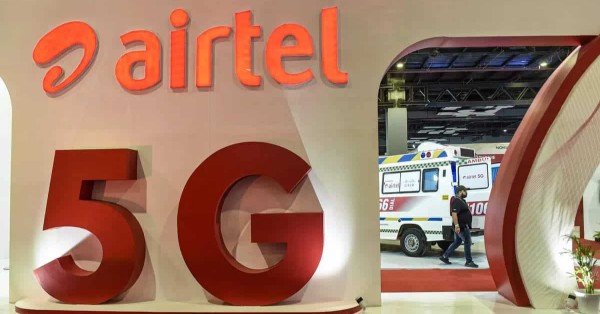AT&T activates EchoStar 3.45 GHz to boost 5G performance and FWA
AT&T has activated EchoStar’s 3.45 GHz spectrum across a massive swath of its macro network, delivering a step-change in speed and capacity that advances its 5G and fixed wireless agenda.
Where AT&T deployed 3.45 GHz and the speed gains
AT&T has deployed the 3.45 GHz band on nearly 23,000 cell sites across the contiguous United States, touching more than 5,300 cities. Early field results point to up to 80% faster 5G download speeds in upgraded markets. The same spectrum injection is lifting AT&T’s fixed wireless access (FWA) product, Internet Air, with download speeds up by about 55%. While the broader EchoStar-AT&T transaction is slated to close in mid-2026 pending approvals, AT&T moved early via a spectrum manager lease to begin commercial use and accelerate capacity relief.
Why mid-band 3.45 GHz accelerates 5G now
Mid-band spectrum is the engine of 5G performance at scale. AT&T’s 3.45 GHz turn-up adds a large, clean mid-band lane that complements its C-band holdings and low-band coverage layers. The outcome is more usable capacity in busy cells and higher median speeds without the coverage penalties of millimeter wave. For consumers, this means smoother streaming and gaming. For enterprises, it enables more predictable wireless WANs, better performance for cloud and edge apps, and headroom for AI-heavy workloads that are increasingly mobile-first.
Strategy impacts: 5G mobility, FWA expansion, and FirstNet resiliency
The spectrum boost reinforces AT&T’s convergence strategy, expands its FWA serviceability, and strengthens resiliency for first responders.
Expanding Internet Air and converged 5G bundles
AT&T is leaning on 3.45 GHz to widen availability of Internet Air for both households and small businesses. The added mid-band capacity helps mitigate typical FWA constraints—busy-hour congestion and variable throughput—so AT&T can open more addresses while sustaining quality. This supports the operator’s broader convergence thesis: bundle mobile and home internet on a common 5G platform, simplify operations, and lower customer acquisition costs through cross-sell.
Capacity for video, gaming, and AI/edge applications
The traffic mix is shifting toward high bitrate uplifts, low-latency interactivity, and AI-enhanced services on device and at the edge. More mid-band spectrum increases spectral efficiency via wider channels and more effective massive MIMO, translating into higher median rates and more consistent latency under load. That benefits real-time collaboration, AR-assisted workflows, and on-premise inference workloads connected over public 5G.
FirstNet capacity and priority improvements
Public safety users on FirstNet benefit from the network-wide capacity lift, even when they remain anchored on dedicated Band 14 resources. Additional mid-band lanes reduce congestion and improve multipath options for carrier aggregation and priority traffic management during incidents, enhancing reliability without changing responder devices.
How 3.45 GHz plus n77 features scale 5G performance
The uplift stems from combining new mid-band spectrum with advanced radio features across an already densified grid.
n77 carrier aggregation with C-band and load balancing
AT&T’s 3.45 GHz sits within the broader 3GPP n77 range, enabling carrier aggregation with its C-band holdings and other bands. Aggregating these layers gives devices wider effective channels, increases peak and median throughput, and allows the network to balance loads more intelligently across spectrum assets. The result is better user experience in both downtown hot zones and suburban cells where traffic spikes in the evening.
Massive MIMO beamforming boosts capacity and edge rates
Mid-band pairs well with massive MIMO, where advanced beamforming improves cell capacity and edge rates without sacrificing coverage. Combined with scheduler enhancements and interference coordination, operators can turn spectrum depth into measurable gains in spectral efficiency—key to supporting both mobility and FWA in the same footprint.
Competitive and regulatory outlook
The move tightens AT&T’s 5G race with rivals while the EchoStar transaction proceeds through approvals.
Closing the mid-band gap vs. T-Mobile and Verizon
T-Mobile’s 2.5 GHz lead forced the market to compete on mid-band depth and reach; Verizon countered with C-band scale. AT&T’s broad 3.45 GHz activation noticeably closes the gap in many markets and improves its competitive footing on median speeds and consistency—two KPIs that influence churn and FWA addressability. Expect a renewed focus on carrier aggregation optimization, device certification cadence, and marketing around real-world median improvements, not just peaks.
Spectrum manager lease now, ownership post-2026
AT&T secured early operational use of EchoStar’s 3.45 GHz through a spectrum manager lease to unlock benefits ahead of the planned mid-2026 close of the larger deal. For regulators and industry watchers, this is a test case in how spectrum transactions can be structured to accelerate public benefit without waiting for final ownership transfer. The key risk to watch is market-by-market integration and any conditions that could affect long-term control or deployment plans.
What enterprises and partners should do next
Enterprise network teams, device OEMs, and channel partners should align plans to leverage higher mid-band performance and expanding FWA coverage.
Enterprise guidance: wireless WAN, devices, and SLAs
Revisit wireless WAN strategies where fiber buildouts lag or as a secondary path for SD-WAN/SASE. Pilot Internet Air in newly lit markets and test application performance during peak hours to validate SLA targets. For field operations and edge AI use cases, prioritize 5G devices and routers that support n77 carrier aggregation profiles and advanced QoS features.
Vendor and channel guidance: devices, CPE, and convergence offers
Optimize CPE, smartphones, and modules for multi-layer aggregation across 3.45 GHz and C-band with efficient power management. Update RF designs and antenna placements to capture mid-band gains indoors. For partners selling into SMB and mid-market, lead with convergence offers that bundle mobility, FWA, and managed security, backed by proof points on median throughput improvements.
Bottom line: faster 5G, larger FWA footprint, stronger convergence
AT&T’s rapid turn-up of 3.45 GHz across nearly 23,000 sites delivers tangible speed and capacity gains, scales its FWA footprint, and strengthens the converged home-and-mobile narrative—all while improving resiliency for public safety. The near-term task is to sustain those gains with smart aggregation, device penetration, and targeted densification as traffic grows and AI-era workloads become the norm on 5G.









































